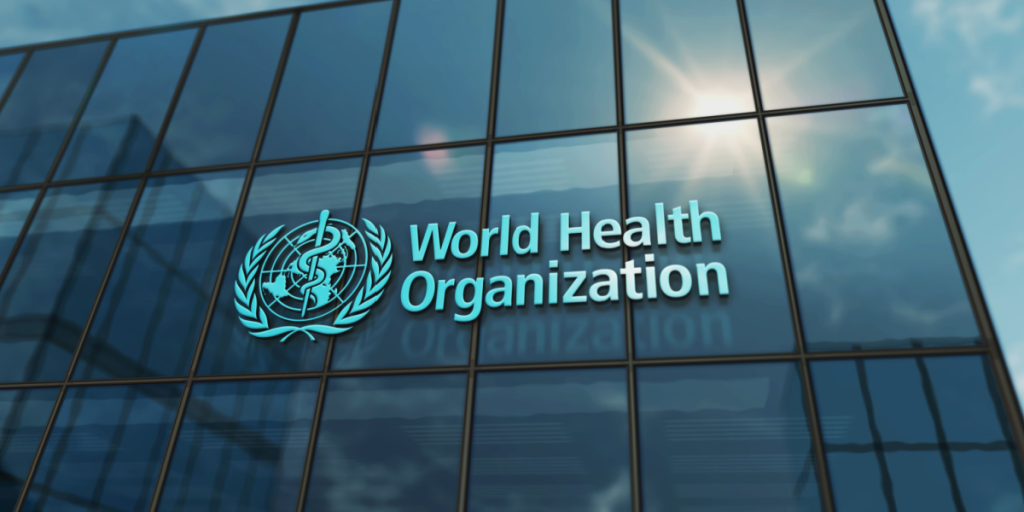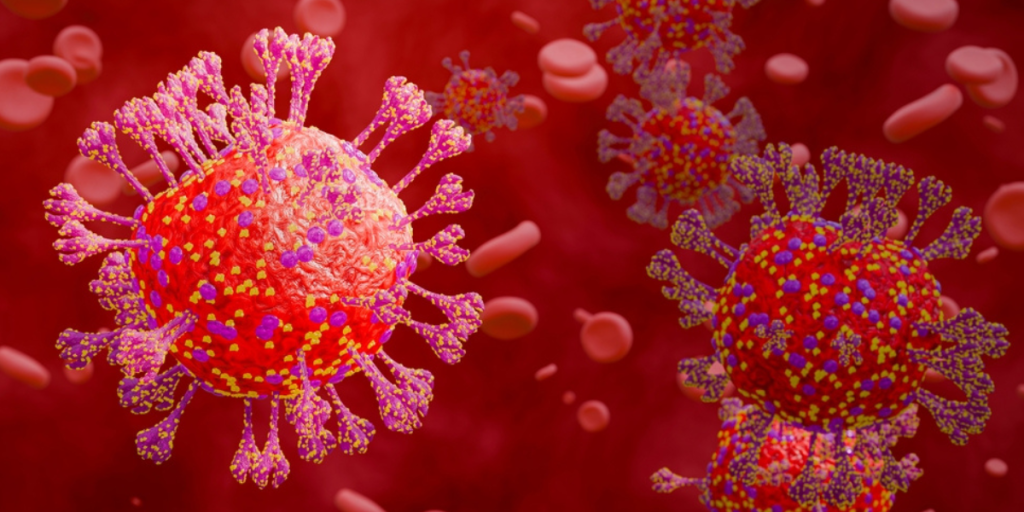The once-reliable drugs are losing potency – fast.
Others are reading now
The once-reliable drugs are losing potency – fast.
What is happening?

Hospitals worldwide are reporting sharp rises in infections that no longer respond to antibiotics.
In 2023, one in six lab-confirmed bacterial infections was resistant to treatment.
Doctors warn that unless urgent action is taken, deaths caused by drug-resistant bacteria will increase dramatically in the coming years.
Common infections are getting harder to treat

Between 2018 and 2023, more than 40% of antibiotics lost effectiveness against routine infections like those of the blood, urinary tract, digestive system, and sexually transmitted diseases.
Also read
Once-reliable drugs are failing, raising concerns across medical communities.
WHO report highlights regions most at risk

The World Health Organization’s latest surveillance report collected data from over 23 million infections in 104 countries.
It found the worst resistance levels in low and middle-income nations, where healthcare systems are weaker and access to treatment is limited.
“We’re running out of options,” warns WHO official

“This is deeply concerning,” said Dr Yvan Hutin of the WHO. Resistance is rising fastest where infection control and access to diagnostics are lacking.
In 2023, one in three infections in southeast Asia and the eastern Mediterranean resisted antibiotics—compared to one in five in Africa.
Also read
Deadly bacteria like E. coli and K. pneumoniae top the list

Gram-negative bacteria, which are protected by a tough outer shell, are among the most dangerous.
These pathogens often cause sepsis, organ failure, and death. In some African countries, resistance to key drugs exceeds 70%, making treatment extremely difficult.
Last-resort antibiotics are also losing effectiveness

Not only are first-line treatments failing—second-line drugs such as carbapenems and fluoroquinolones are becoming less effective too.
This leaves doctors with very few tools to fight life-threatening infections caused by superbugs like Acinetobacter and Salmonella.
New antibiotics aren’t being developed fast enough

Dr Manica Balasegaram warned that the most dangerous infections are outpacing antibiotic innovation.
Also read
“It’s not enough to create new antibiotics—they have to target the most threatening infections,” he said. Without urgent change, AMR deaths could rise by 70% by 2050.
Experts call for global action and investment

Professor Sanjib Bhakta said the crisis needs tailored global solutions—from better hygiene and vaccinations to new research and equitable access to narrow-spectrum drugs.
“We must invest in bold, interdisciplinary science to develop next-generation treatments,” he urged.
You can read the WHO report here.


